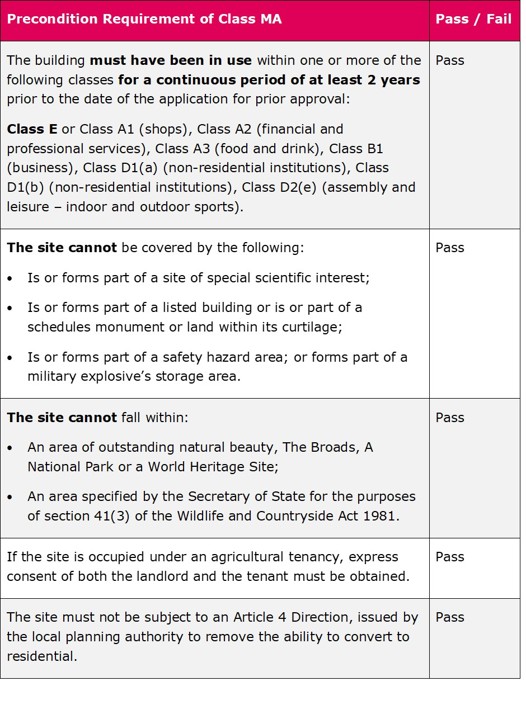The 2013 overhaul of Permitted Development Rights has enabled individuals to expand their homes and repurpose existing structures, including offices and retail spaces, to accelerate the creation of new housing. The revised General Permitted Development Order experienced significant uptake from developers, with the most notable change being the conversion from office to residential use.
In 2015, the government made the Permitted Development right for office-to-residential conversions permanent, simultaneously empowering local planning authorities with the ability to revoke these rights within their jurisdiction through Article 4 Directions. This measure granted authorities more influence, subjecting developers to the conventional planning permission route.
Since the introduction of these rights, a range of Permitted Development projects have emerged, with many resulting in high-quality conversions. Nonetheless, some properties have been criticised for their insufficient size and inadequate access to natural light. Consequently, the government mandated in 2020 that all new Permitted Development conversions must ensure sufficient natural light and adhere to nationally prescribed minimum space standards.
Effective from 1 August 2021, the unrestricted right to convert any size office to residential ceased. Subsequent to this date, Permitted Development conversions were capped at a maximum of 1,500 square meters (16,146 square feet) per building, marking the end of large-scale office to residential conversions under Permitted Development.
Positively, and more recently the government has shown intent to alleviate planning system delays and enacted on 5 March 2024 an extension to Permitted Development rights. The updated rights are characterised by:
- The removal of the maximum floor space restriction, previously set at 1,500 square meters.
- The elimination of the requirement for the property to have been vacant for a minimum of three months.
The lifting of the floor space cap is particularly timely given the significant challenges faced by secondary commercial properties. It is important to note that the new GPDO Class MA is applicable to all buildings within Use Class E, not just offices as was the case with the previous GPDO Class O, though exceptions do apply. For clarity, a checklist is provided below to ascertain eligibility under Class MA.

Should a property satisfy all the aforementioned criteria, conversion is feasible, contingent upon the local planning authority's determination of whether prior approval is necessary for aspects such as transport, contamination, flooding, commercial noise impact, effects on conservation area character and sustainability, provision of adequate natural light in habitable rooms, implications for occupants in industrial sites, consequences of losing a nursery or NHS health centre, and fire safety for occupants in buildings exceeding 18 meters or 7 storeys.
For more insight on PDR read our related articles or listen to our podcast:


